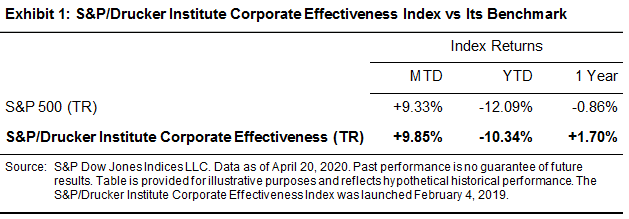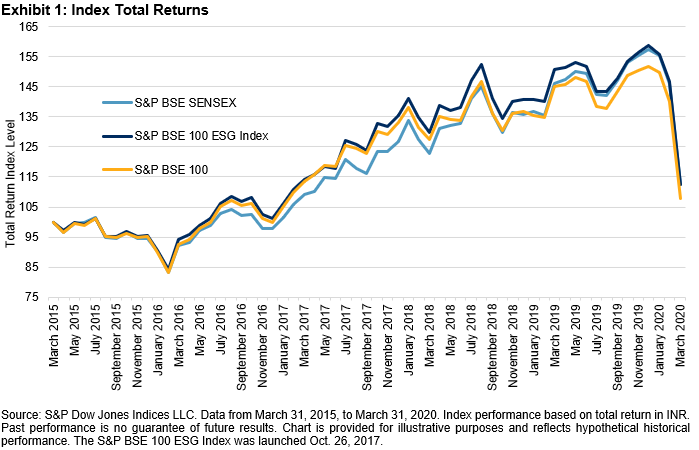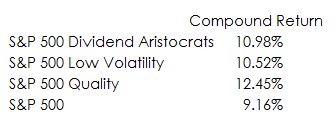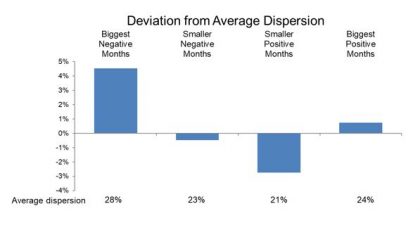Explore how our new quarterly dashboard on S&P STRIDE can help investors better understand and plan for retirement with S&P DJI’s Hamish Preston.
Get the latest dashboard: https://spdji.com/documents/commentary/dashboard-stride-2020-03.pdf.
The posts on this blog are opinions, not advice. Please read our Disclaimers.

















































